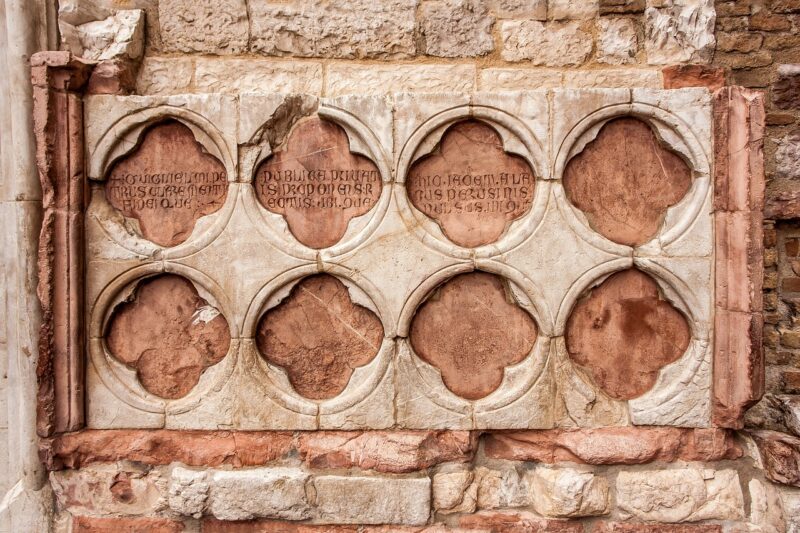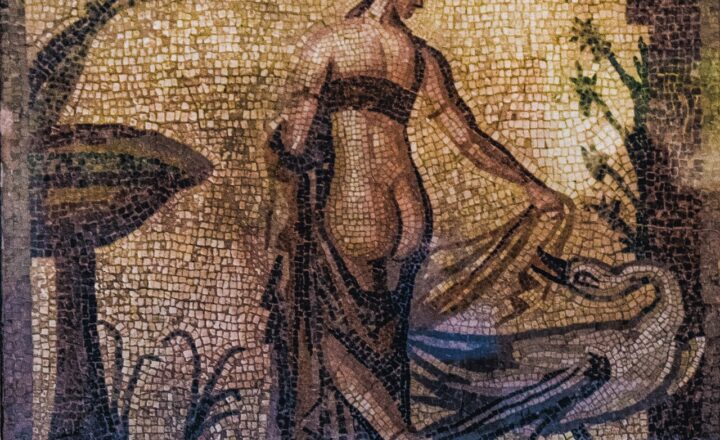The Rosetta Stone: How It Unlocked the Secrets of Ancient Egyptian Civilization
November 16, 2024

The Rosetta Stone is one of the most famous archaeological finds in history, serving as a crucial key to unlocking the mysteries of ancient Egyptian civilization. Discovered in 1799, this granodiorite stele bears inscriptions in three different scripts: Greek, Demotic, and hieroglyphics. This unique feature enabled scholars, most notably Jean-François Champollion, to decode Egyptian hieroglyphs, providing immense insight into the language, culture, and history of ancient Egypt.
1. The Discovery of the Rosetta Stone
In the summer of 1799, during Napoleon Bonaparte’s campaign in Egypt, French soldiers were digging in the town of Rashid (Rosetta) when they stumbled upon the stone. Initially part of a mound of debris, it soon became clear that this fragment of a larger monument was extraordinary, featuring inscriptions that were unlike anything previously known. The stone quickly attracted the attention of scholars, leading to its transportation to France for further study.
2. Significance of the Inscriptions
The Rosetta Stone features three distinct inscriptions that correspond to the same text in three different scripts. This duality became instrumental in deciphering the meanings of hieroglyphics:
- Hieroglyphics: The sacred writing of ancient Egypt, often found in temples and on monuments. It consists of pictorial symbols representing sounds or ideas.
- Demotic: A simplified form of hieroglyphics, used for daily purposes in ancient Egypt, including legal documents and letters.
- Greek: The language of the Ptolemaic dynasty, which ruled Egypt after Alexander the Great’s conquest, making Greek inscriptions a vital link between ancient Egyptians and the Hellenistic world.
What made the Rosetta Stone invaluable was the presence of a complete inscription in Greek, which provided a reliable basis for translation and understanding of the other two scripts.
3. The Path to Decipherment
Deciphering the hieroglyphic inscriptions on the Rosetta Stone was no small feat. Initial attempts were made by various scholars, but it was Jean-François Champollion who eventually made the breakthrough in the 1820s. His approach was meticulous:
- Studying the Greek inscription in detail to understand political and historical context.
- Identifying names and titles through symbols, focusing on ruler names like Ptolemy and Cleopatra.
- Utilizing the similarities between the Demotic and hieroglyphic scripts to build correlations and unlock meanings of complex symbols.
Champollion’s groundbreaking work was formally published in 1822, revealing that hieroglyphs were not just symbolic representations but also included phonetic elements.
4. Cultural Impact of the Decipherment
The successful decipherment of the Rosetta Stone had profound implications for our understanding of ancient Egypt. With the keys to the language in hand, historians and archaeologists were able to:
- Translate monumental texts, revealing insights into religious beliefs, cultural practices, and daily life in ancient Egypt.
- Understand relationships between Egypt and neighboring civilizations, particularly those in the Mediterranean and the Near East.
- Preserve Egyptian heritage by fostering interest in Egyptology, leading to more expansive excavations and studies of ancient sites.
The importance of the Rosetta Stone transcends mere linguistic translation; it has become a symbol of knowledge and discovery in the field of archaeology.
5. The Rosetta Stone Today
Today, the Rosetta Stone resides in the British Museum, where it attracts millions of visitors annually. Its presence underscores the museum’s role in preserving global cultural heritage. However, its acquisition by the British during the Napoleonic era continues to be a point of contention among scholars and the Egyptian government, which has requested the stone’s return.
Moreover, the Rosetta Stone has become an icon of linguistics and a recurring reference in popular culture, symbolizing the idea that understanding the unknown can unlock the profound moments of human civilization. Films, literature, and modern media often reference the stone as a metaphor for breakthroughs in understanding and interpretation.
Conclusion
The Rosetta Stone stands as an enduring testament to the power of language in bridging cultures and eras. Its story is not merely about a stone inscribed with carvings; it’s about a relentless pursuit of knowledge, the triumph of human intellect, and the importance of preserving the story of humanity’s past for future generations. The stone has opened doors to ancient civilization that were once thought to be permanently shut, allowing modern society a glimpse into the rich tapestry of Egyptian life and culture. As we continue to explore and understand our past, the Rosetta Stone remains a vital link between our present and the ancient world.
References
1. Champollion, Jean-François. (1822). “Lettre à M. Dacier” on the decipherment of hieroglyphics.
2. British Museum. “The Rosetta Stone” – Historical overview and current research.
3. Goedicke, Hans. (1996). “Egyptian Grammar: Being an Introduction to the Study of Hieroglyphs” – Understanding ancient languages.







